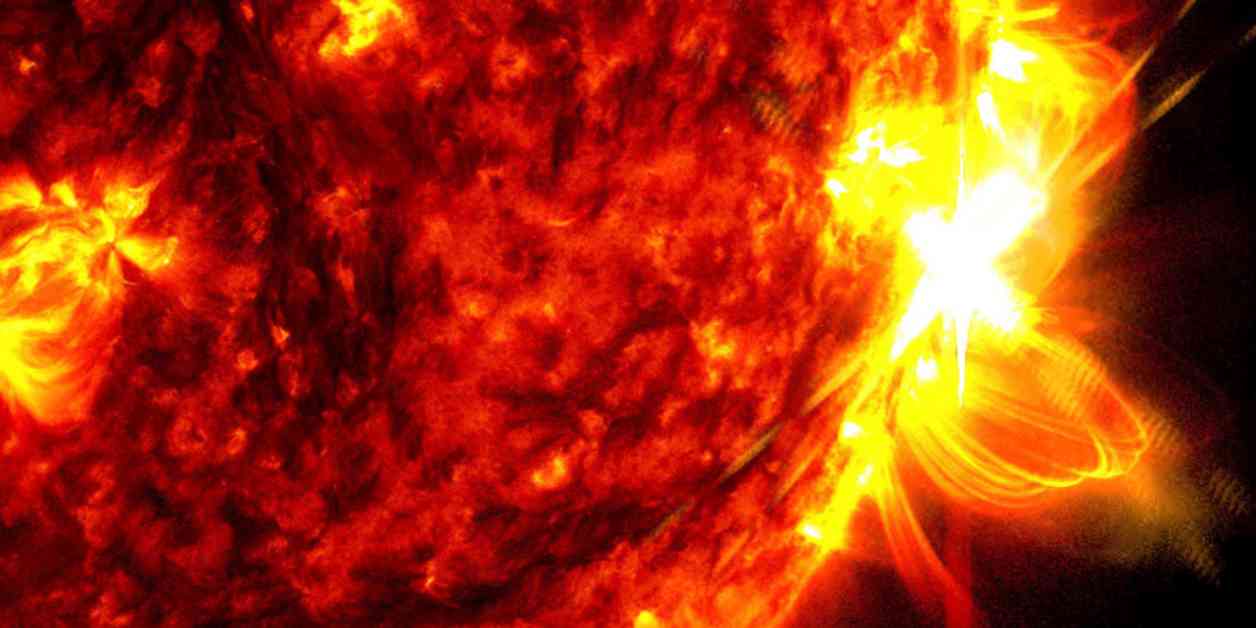New research has revealed that the sun’s magnetic field originates much closer to the surface than previously believed. Instead of originating 130,000 miles beneath the surface, the magnetic field is now thought to begin just 20,000 miles below. This discovery could lead to improved predictions of extreme solar storms that have the potential to disrupt power and communications on Earth.
Solar flares and coronal mass ejections, driven by the sun’s magnetic energy, are responsible for creating beautiful auroras but can also cause significant disruptions when directed towards Earth. The recent findings, published in the journal Nature, represent a significant step towards understanding the solar dynamo process that governs these phenomena.
By developing new models of the interaction between the sun’s magnetic field and plasma flow, researchers have been able to gain insights into the mechanisms behind solar flares and eruptions. These models, run on a NASA supercomputer, suggest a shallow magnetic field that warrants further investigation to confirm.
While the modeling used in the study was described as “highly simplified” by experts not involved in the research, the results are considered intriguing and are expected to inspire future studies in the field. The newfound knowledge has the potential to enhance long-term solar forecasts, enabling scientists to better predict the intensity of future solar cycles.
As the sun approaches its peak activity level in the current 11-year cycle, recent solar flare-ups have underscored the importance of understanding solar phenomena. Although the sun recently emitted the largest solar flare in almost two decades, Earth was fortunately spared from its effects.
By deepening our understanding of the sun’s magnetic field and its implications for space weather, researchers aim to better prepare for future solar storms that could pose greater risks to our planet. Improved predictions of solar activity will be crucial in safeguarding power grids, communication systems, and other vital infrastructure from the impacts of extreme space weather events.




